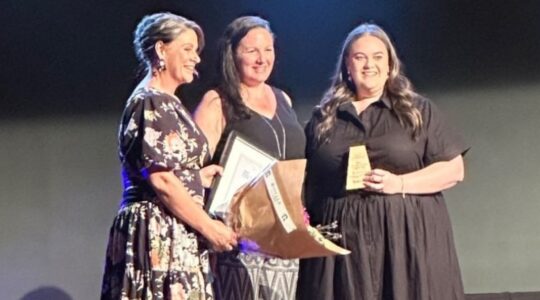More women are choosing to be single as economic and cultural changes alter gender dynamics.
The Wall Street Journal (WSJ) reported this week that only 34 percent of single women are seeking a partner, compared to 54 percent of single men.
This was down from 38 percent and 61 percent respectively in 2019.
The WSJ said the trend was partly due to women being unwilling to settle.
“They are increasingly financially self-sufficient and there is less social stigma around being single, so they can afford to be choosier,” it said.
“Many are intentionally heading into motherhood solo.”
The US figures follow a growing number of countries, particularly in Asia, that are facing falls in fertility rates off that back of changing expectations.
Last year the Chinese Government released figures showing annual marriage numbers had dropped to 6.83 million, the lowest level since 1986.
South Korea and Japan are facing similar fertility decline issues, creating major concerns about how future aging populations will be supported.
In an article published on the Human Rights Watch website, Associate Director Maya Wang said recent data showed a decline in fertility rates in the Chinese “countryside” as well as in the cities.
Ms Wang said cultural and policy pressures, including financial considerations and traditional preferences for sons, contributed to rural women’s reluctance to have more children.
“Some rural women have expressed feminist sentiments and a desire to escape patriarchal constraints, leading to migration to urban areas,” she wrote.
A 2023 report by the Australian Institute of Family Studies showed a growing number of people living alone in this country.
More than one in four (26 percent) households are now occupied by one person, up from 24 percent in 2016 and 18 percent in 1981.
Of people living alone 55 percent were women and 45 percent were men.








